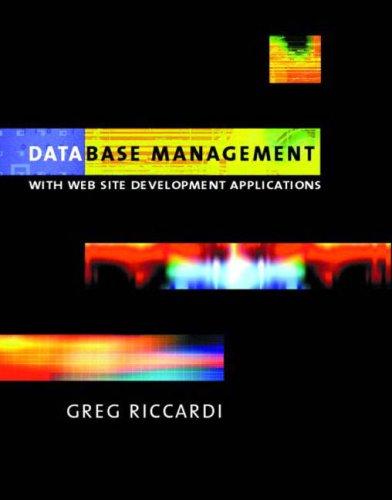Question
the tow image below for tow solution of same question the first image explained and no calculations SSE AND RELATIVE ERROR the second image not
the tow image below for tow solution of same question the first image explained and no calculations SSE AND RELATIVE ERROR the second image not full solution and wrong solution he used some times filter value -1. please my Q/ for 3rd time IS write the full CALCULATION AND EXPLAIN WHAT IS STANDARD ERROR MENTIONED AND WHY YOU USE N=15 AND IT IS 16 FROM SUM OF 1 VALUE FILTER to see and check how you got results. the table is for Y(DEPENDENT)(rut) and ypredicted for MLP ANN


| rutting | filter | _PrdictdV_ |
| 8.00 | 1 | 7.23 |
| 3.40 | 1 | 3.37 |
| 7.00 | -1 | 6.33 |
| 6.80 | 0 | 6.38 |
| 6.80 | 1 | 6.72 |
| 3.70 | 1 | 3.64 |
| 6.00 | -1 | 5.56 |
| 3.60 | 0 | 3.73 |
| 5.80 | -1 | 5.23 |
| 3.70 | 1 | 3.63 |
| 5.70 | 1 | 5.60 |
| 3.80 | 1 | 3.73 |
| 4.20 | 1 | 4.18 |
| 7.20 | 0 | 7.23 |
| 5.00 | 1 | 5.10 |
| 4.30 | -1 | 4.17 |
| 4.20 | 1 | 4.11 |
| 5.50 | 0 | 5.30 |
| 4.80 | 0 | 4.82 |
| 4.90 | -1 | 4.79 |
| 4.80 | 1 | 4.61 |
| 4.40 | 0 | 4.29 |
| 4.10 | -1 | 4.31 |
| 6.00 | 1 | 6.50 |
| 4.50 | 1 | 4.39 |
| 4.20 | 1 | 4.31 |
| 6.10 | 1 | 6.38 |
| 5.40 | 0 | 5.96 |
| 5.00 | -1 | 5.34 |
| 5.20 | 0 | 5.22 |
| 4.75 | -1 | 5.38 |
| 5.90 | 1 | 6.33 |
THE OUTPUT OF ANN MLP
BELOW HOW WE GET RESULTS PLEASE
| Training | SSE | .360 |
| Relative Error | .048 | |
| Testing | SSE | .166 |
| Relative Error | .057 | |
| Holdout | Relative Error | .237 |
|
|
| |
Step by Step Solution
There are 3 Steps involved in it
Step: 1

Get Instant Access to Expert-Tailored Solutions
See step-by-step solutions with expert insights and AI powered tools for academic success
Step: 2

Step: 3

Ace Your Homework with AI
Get the answers you need in no time with our AI-driven, step-by-step assistance
Get Started


